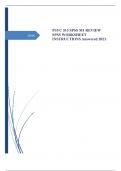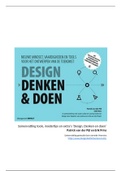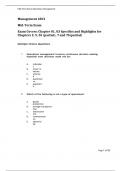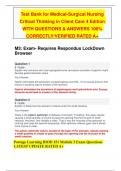College aantekeningen
From Clinical Trials To Big Data Research - volledige collegeaantekeningen.
- Instelling
- Rijksuniversiteit Groningen (RuG)
Dit document omvat alle colleges (behalve de introduction) wat betreft de elective From Clinical Trials to big data research.
[Meer zien]













